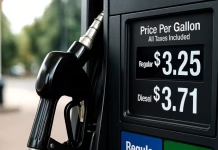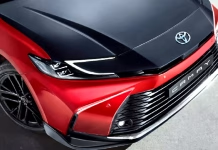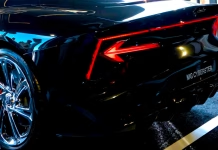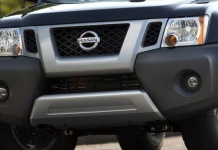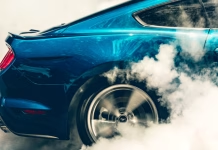Alfa Romeo Junior Review: Stylish Small SUV Aims to Revitalize the Brand

Cleveland Gas Station Clerks Face Fines Amid Dirt Bike Chaos and Controversial Law
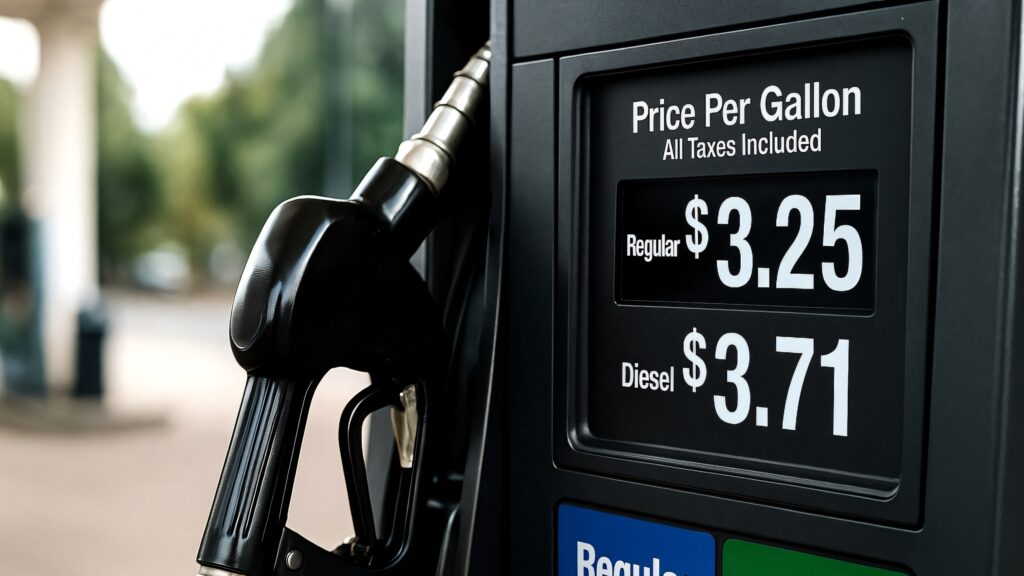
Toyota Camry Sprint Edition Debuts in India With Bold Two-Tone Style and Premium Features
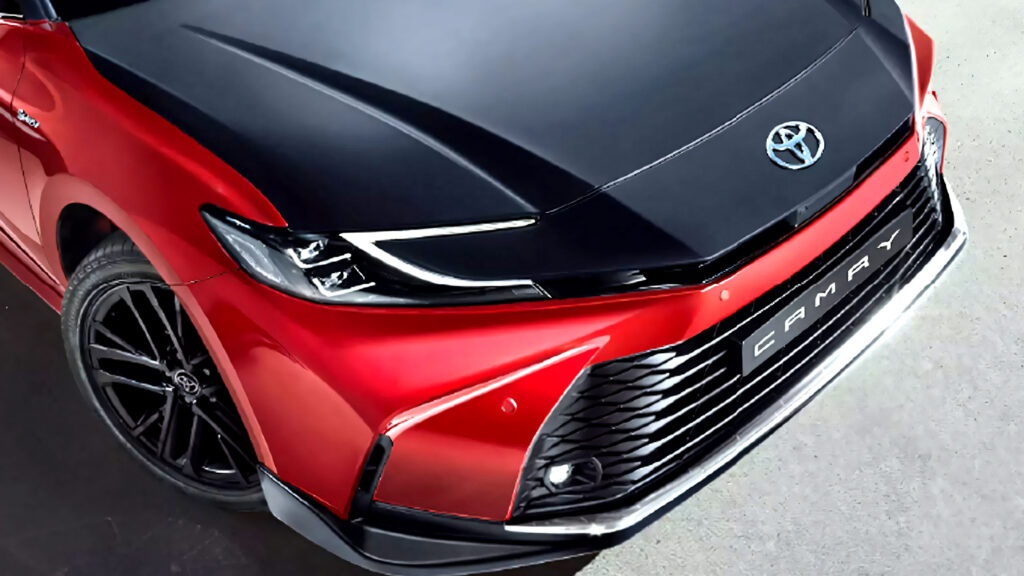
Chinese Carmakers Outsmart EU Tariffs by Flooding Europe With Hybrids
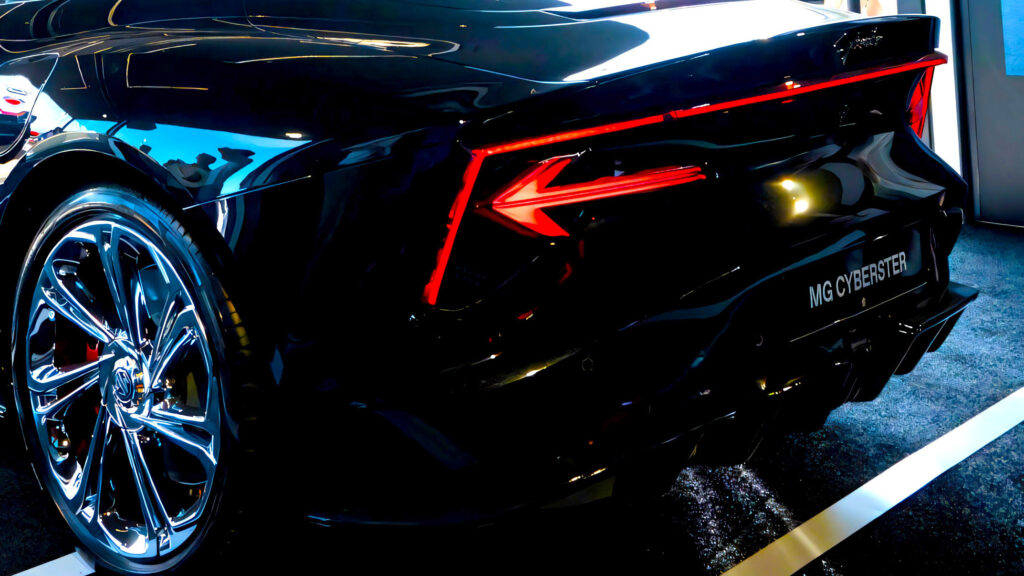
Lease a Used Tesla for Less in California and Texas with Low Monthly Payments
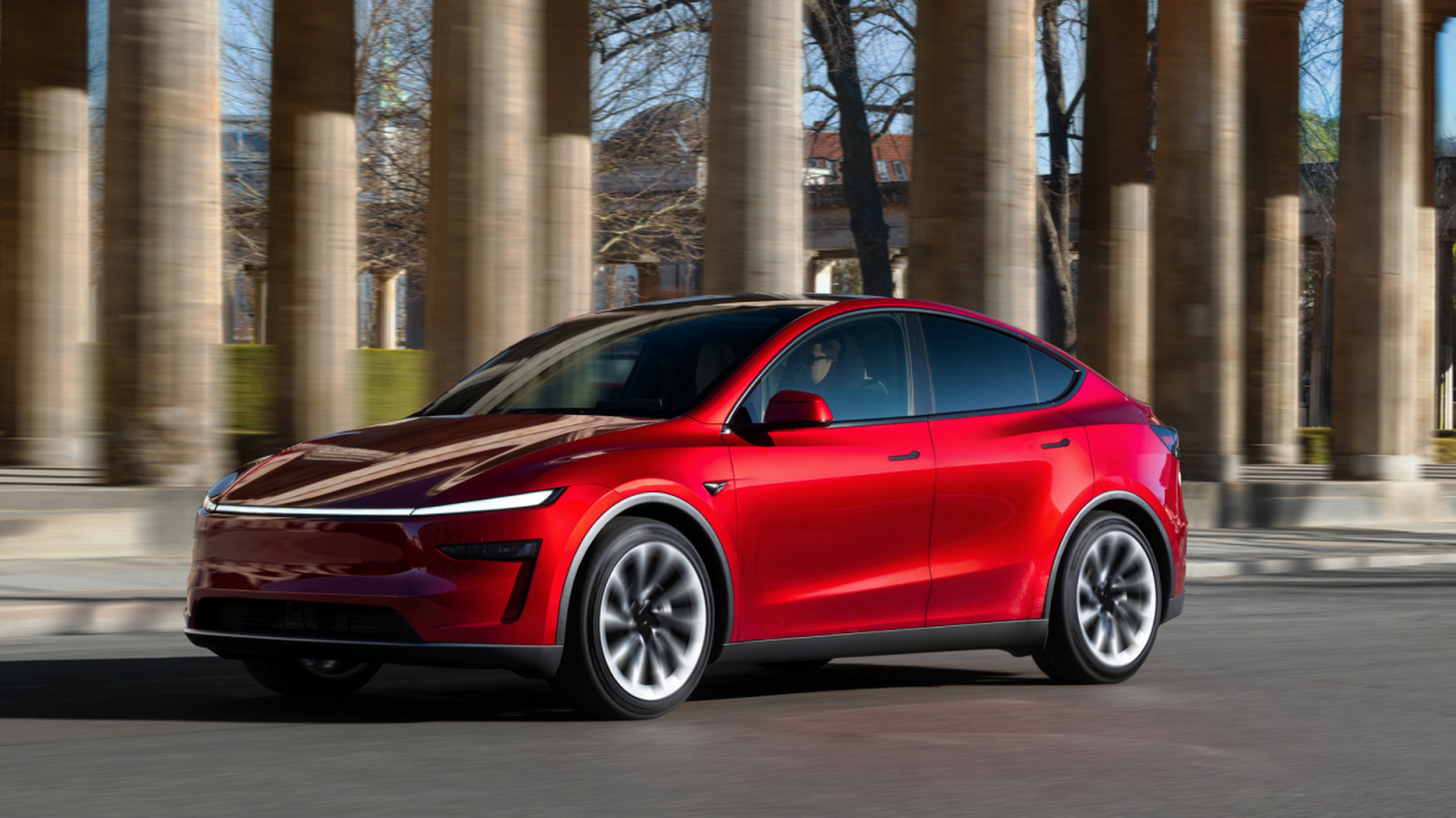
London Black Cabs Fight Back How Tradition and Innovation Are Keeping an Icon Alive...
"London will always have taxis" says LTDA general secretary Steve McNamaraIs the London black cab being squeezed out of existence by Uber, TfL and costs?
According to my phone, Taxi House, headquarters of the Licensed Taxi Drivers’ Association (LTDA) on Great Suffolk Street, London, E1, is just a 15-minute walk from Waterloo station, where I’m located.
I’m due to meet Steve McNamara, the association’s general secretary, there and although shanks’s pony is more appealing, I ought to take one of his member’s black cabs. It will be a chance to find out what a taxi ride costs these days and to grill the driver about life as a cabbie.
He won’t be cracking jokes…There’s a big debate going on about the future of London’s cabs. In March, a report by the Centre for London warned that on current trends, the trade could disappear from the capital’s streets within as little as 20 years.
The reasons, it said, include the Covid epidemic, which saw many drivers quit, and the rapid growth in private hire vehicles led by Uber (96,000 compared with 14,500 taxis). In addition, it highlighted the “substantial increase” in the costs of purchasing and operating the new LEVC TX range-extender taxis and the ending of the taxi scrappage scheme and recent reduction in the new taxi purchase grant.
It also referenced the challenge posed to driver recruitment by the notoriously tough Knowledge of London, the list of routes that aspiring taxi drivers must learn.
![]()
On a more optimistic note, the report’s release coincided with the publication by Transport for London (TfL) of a 14-point plan to support the taxi trade and private hire vehicles over the next five years.
Recognising that the capital’s taxis “play a vital role in London’s green and sustainable transport network”, it promised to ensure that taxis continue to have access to bus lanes wherever possible, to tackle cross-border hiring (the practice of taxis operating outside their licensed areas), to improve the training offered to taxi drivers and to make the Knowledge less intimidating, among other action.
It also pledged to push the government for a continuation of the plug-in taxi grant, to reduce VAT at public charge points and to remove the tax from the purchase price of taxis.
So my cab driver should have a lot to talk about, but first I need to find him or her, a job that takes all of 30 seconds. Uber’s app may have revolutionised hailing a private hire car but it can’t beat just jumping into the nearest available taxi.
![]()
“We’ve been shafted by the 20mph limit and the fact we can’t go down low-traffic neighbourhood roads so can’t take a passenger, who may be disabled, door to door,” its driver tells me. “Taxis should be allowed to go everywhere a bus can but some routes like Tottenham Court Road we can’t enter.
"So we take the road running parallel to it but it has two cycle lanes that makes it narrower and costs journey time. A typical £15 journey three years ago now costs £25. TfL is trying to get rid of us.”
If that’s true, why has 21-year-old Mohamed B, London’s newest and youngest taxi driver, become one? We were planning to interview Mo for this story but he cancelled at the last moment on the grounds that all he had to say he’d already said in his employer’s video publicising his success.
The Covid lockdown may have forced a lot of taxi drivers out of the trade, but Mo explains in the film that this was exactly the stimulus he needed to become one himself. With time on his hands, aged 17, he knuckled down to learning the Knowledge. Two years later, he’d passed all the tests but had to wait until he was 21 to get his licence.
![]()
“I’m having the best time,” he says. Even the taxi driver who took me to Taxi House admits that, despite everything, he “loves” the job. Will McNamara be as sanguine? “We’ve had taxis since Cromwell’s day and London will always have them,” he tells me in the back of a taxi he’s magically summoned from nowhere.
“I’m optimistic about that because we’re sitting in the cleanest and 100% wheelchair accessible taxi in the world, driven by the most highly regulated and trained cab drivers in the world. But the driver you spoke to is right: TfL’s war on motorists is also being waged on taxis. On top of that, you’ve got a taxi which, by the time you’ve financed it, can cost up to £100,000. It’s tough.”
In spite of these challenges, McNamara reckons the green shoots of a recovery are emerging. “Demand for taxi rides is growing as workers begin returning to their offices,” he says.
“We’re also seeing the return of younger customers we thought we’d lost to the private hire apps but who have become blasé about the hailing technology. The fares are no longer cheap, either.
"People can do a journey in the back of a Prius for £10 or in a taxi, a cab they can stop on the street without waiting, for just £2 more. It’s cool being seen getting in and out of a London cab too.
"Numbers may be down but the trade will still be here in 40 years, never mind 20.”
Nissan Xterra Returns as Hybrid SUV to Lead Bold New Lineup Revamp
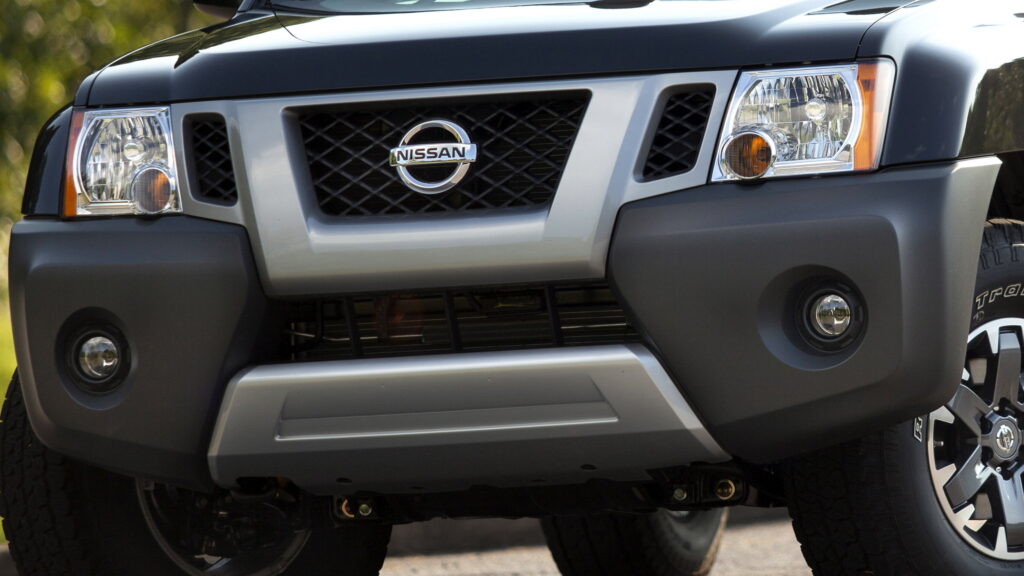
2026 Lexus RX Adds New Features, Stylish Upgrades, and More Affordable Plug-In Hybrid

Mustang Donuts at Dawn Lead to Wild Police Chase and Arrest in Fresno

Subaru Impreza S-Edition Debuts in Australia with Sporty STI Style and Limited Run



